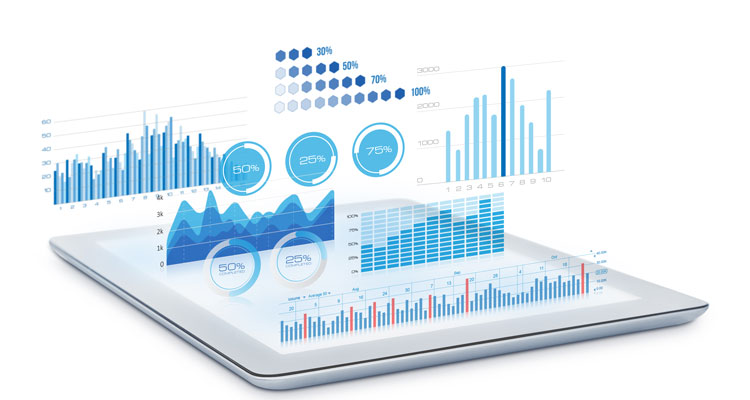
Part one of this series notes that 1) there are appropriate uses for spreadsheets in the planning process, 2) there is a key point at which spreadsheets fall short (alignment), and 3) an appropriate planning tool is one that makes the most of the strengths of spreadsheets in the data gathering process. In this blog, I’d like to focus on another positive feature of spreadsheets, and discuss why it’s important to select a planning tool that maximizes this key strength. Learn more about spreadsheets and long-range planning.
We love spreadsheets because of their flexibility to create different tables, graphs, reports, and charts. In the planning process, trying to use spreadsheets to create a multi-faced view of different tables and graphs while attempting to optimize a portfolio is a bit like asking a mason to do wood frame construction. While it is possible to rig multiple spreadsheets to create various views, spreadsheets have no built-in optimization capability.
Further, managing tables, graphs, reports, and charts becomes cumbersome as numbers and requirements change. Frequently, broken links and nonsensical charts are the result. This is what prompts some companies to look for an automated solution.
Many planning tools tout their reporting and analytic capabilities. In fact, so many vendors offer these features that choosing a planning package without them would be a mistake. When looking for a planning tool, I always instruct clients to look for two key analytic capabilities, both of which are strong compliments to spreadsheets. The first of these features is portfolio optimization — identifying the most efficient application of available resources (affordability). This can be achieved through a central repository that allows prioritization, working with targets, and efficient frontier capabilities. The second is the ability to create data “cubes” that are accessible through Excel. These cubes create the capability to store queries, create pivot tables, and generate output.
The combination of these capabilities is particularly compelling. Envision a planning tool that allows the creation of several potential optimal scenarios which can be accessed through Excel to populate desired tables, graphs, reports, and charts. Adopting a planning tool that will maximize your use of spreadsheets, both in data gathering and analysis, will turbo charge your long-range planning process.
For more information on this subject, I invite you to read the 15 Pitfalls of Long-Range Planning white paper.
How do you use spreadsheets in your long-range planning process? Are they working well or are they falling short? Share your experiences by posting a comment below.
Related post: The Role of Spreadsheets in a Long-Range Planning Process — Part 1




